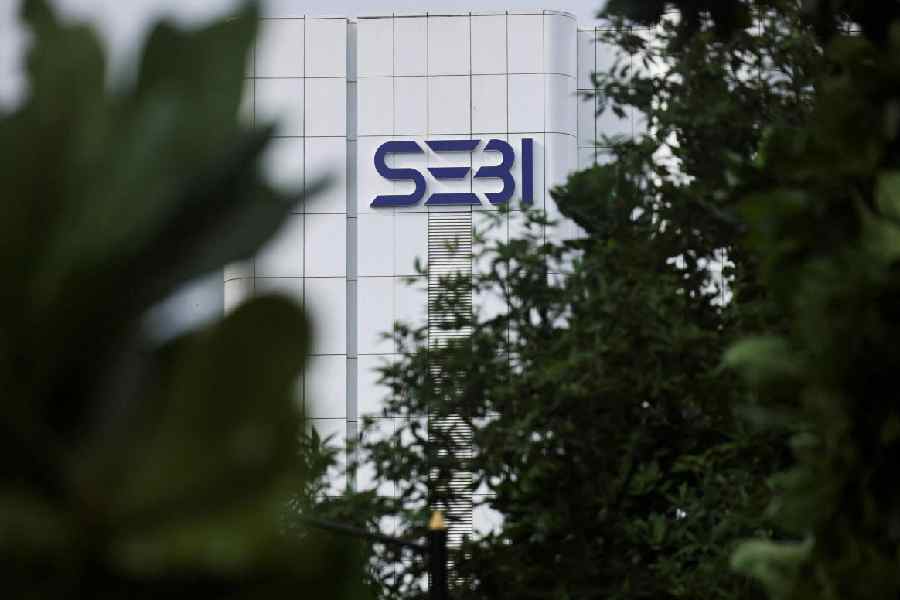Sebi has notified a stricter regulatory framework for small and medium enterprise (SME) IPOs by introducing a profitability requirement and capping a 20 per cent limit on an offer-for-sale (OFS).
The reforms aim to provide SMEs with a sound track record an opportunity to raise funds from the public while protecting investor interests.
This move follows a rise in SME issues, which has driven significant investor participation.
On the profitability criteria, Sebi said SMEs planning to launch an initial public offering are required to have a minimum operating profit (earnings before interest, depreciation and tax or EBITDA) of ₹1 crore for at least two out of the three previous financial years.
The OFS component by selling shareholders in SME IPOs has been capped at 20 per cent of the total issue size. Additionally, selling shareholders will not be allowed to offload more than 50 per cent of their existing holdings, Sebi said in a notification.
Further, promoters’ shareholding over the Minimum Promoter Contribution would be subject to a phased lock-in period. Half of the excess holding would be released after one year, while the remaining 50 per cent would be unlocked after two years.
The allocation methodology for non-institutional investors (NIIs) in SME IPOs would be aligned with the approach followed in main-board IPOs to ensure uniformity.
“Sebi has increased the minimum application size for SME IPO to two lots, making entry stricter, to avoid unnecessary speculation in SME IPOs. This would help protect the interests of gullible investors who generally invest looking at the escalating share price,” Makarand M. Joshi, founder and partner of corporate compliance firm MMJC and Associates, said.
The amount allocated for general corporate purposes in SME IPOs has been capped at 15 per cent of the total issue size or ₹10 crore, whichever is lower.
SME issues will not be permitted to use IPO proceeds to repay loans taken from promoters, promoter groups, or related parties, whether directly or indirectly.
The Draft Red Herring Prospectus for SME IPOs must be made available for public comments for 21 days. Issuers will be required to publish announcements in newspapers and include a QR code for easy access to the DRHP.










